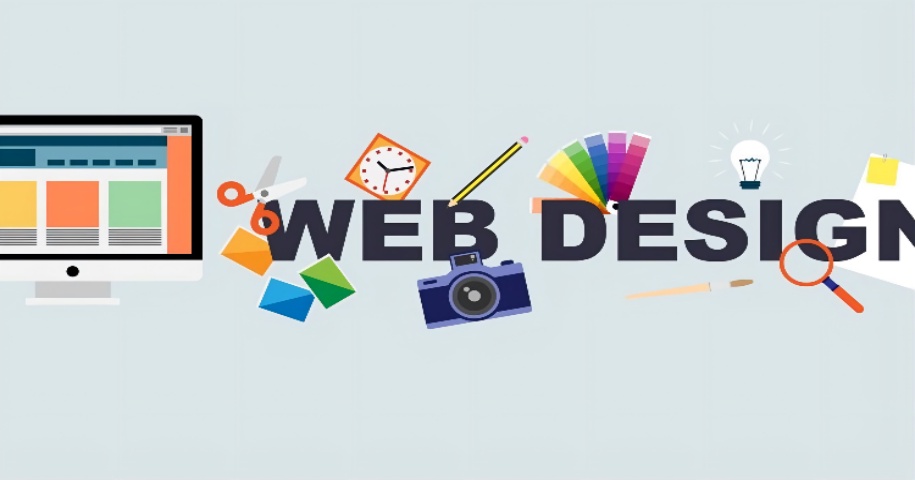In spite of its popularity now, the term "web design" is actually relatively new. It became prominent in the mid to late 1990s when the Internet was starting to become popular with the general population. The first website was created in 1993 by Tim Berners-Lee for CERN and has only grown more complex with each passing year since then. Web design is now a very competitive field with many different professionals, including UX designers and content strategists who create stunning designs that the early web pioneers couldn’t have even imagined would ever exist.
Web design started as a way of making websites more accessible and easier to navigate for users on the web, but since the early days of the Internet it has evolved into both an art and a science. Today, web designers are responsible for creating aesthetically pleasing designs that are also easy to use and navigate on a range of different devices and screen sizes. Web design is a constantly evolving profession that requires both the necessary technical knowledge to effectively create web pages but also a natural sense of creativity. A web designer’s job is to create websites that are both aesthetically pleasing for users without sacrificing functionality.
Web designers can use a variety of tools to create websites. Some of these tools include Adobe Photoshop, Adobe Illustrator and Adobe InDesign. They also use HTML, CSS and JavaScript coding languages to create websites that are interactive with animations, videos and other multimedia elements. Many companies use WordPress to build their websites. WordPress is a free and open-source software that offers an excellent platform for creating websites. WordPress is renowned for its ease of use, intuitive interface and the astonishingly high number of third-party plugins to expand its functionality. WordPress is also one of the most secure content management systems on the market (meaning that it provides protection against hacks, malware and other security threats).
There are many different kinds of websites today, from simple one-page informational websites to large e-commerce stores. Websites have become so much more than just a way to share information with a small number of web users around the world. They’ve become an essential way for brands to show off their products and services to potential customers. For this reason, many companies have created forums and entire social networks to enable their customers to interact with each other online. Blogging websites have also exploded in popularity as popular website builders such as WordPress allow anyone with only rudimentary technical knowledge to share their thoughts and opinions with anyone on the Internet. Social media websites have also grown to a massive to connect people through their platforms.
Good web design can make or break a website from the user’s perspective. Because the Internet has given most people a very short attention span, most website visitors will be gone within a few seconds if a website doesn’t load quickly and is easy to navigate.
There are many different aspects to web design and it’s important to know what your audience might be looking for when they visit a site. Here are some key elements of web design that you should consider when designing a website.
- Layout: Your layout will set the tone for your website and determine how visitors will navigate through it. Layout can range from simple and clean with few navigation options or more complex with many menus to choose from.
- Color Scheme: Colors can have a big impact on how people feel when they visit your site, so it’s important to choose colors that make people feel good about themselves and your brand.
- Typography: The typeface you choose will also set the tone for a website.
- Navigation: Navigation is one of the most important aspects of web design as it is what helps visitors find their way around a site without getting lost or confused. A good navigation system will make it easy for visitors to move from one page to another without getting lost or confused. A good navigation system will also help create a sense of flow and guide users through the process in an organized manner.
- Content: Content is what makes up the bulk of any given webpage and should be well-written, informative and accurate.
Some other important aspects of web design are:
- The user interface
- The navigation
- Responsive design (for desktop, tablet and mobile)
- Accessibility
- Page speed
Remember that web design is both an art and a science. It requires creativity and knowledge to be a great web designer. The web designer should intuitively know what colors to use, how to position the content on the page, what font size is best for each area of text, in order to create web pages that not only function well but look fantastic.


No comments yet